

Head of Radiation Science Center
Toshiya SANAMI
The Radiation Science Center conducts the radiation safety and chemical environmental safety operations of the High Energy Accelerator Research Organization, which promotes basic science using high-energy, high-power advanced accelerators. The center also carries out radiation safety operation and general safety management for J-PARC, a joint project with the Japan Atomic Energy Agency. In addition, the center promotes research and development activities related to the operational tasks for high-energy accelerators.
Radiation safety and chemical environmental safety are fundamental to the promotion of basic science using high-energy accelerators. The accelerators at the High Energy Accelerator Research Organization are unique even in the world, and in order to ensure their safety, it is necessary to not only use existing methods, but also to accumulate new knowledge and carry out advanced research and technological development. The Radiation Science Center promotes research related to radiation safety and chemical environmental safety, including radiation physics, radiochemistry, radiation shielding, radiation measurement, simulation calculation, and environmental chemistry. The results of these studies are reflected in work related to radiation safety and chemical environmental safety, and have also led to many achievements in related fields.
Immediately after the accident at the Fukushima Daiichi Nuclear Power Plant, the Radiation Science Center began continuous measurement of environmental radiation and radioactivity, and has been releasing the data. In addition, based on requests from local governments in the area, we have been contributing to activities such as radiation measurement in environment. We believe that these are the things that citizens expect from a group of researchers and experts related to radiation. We will continue these activities and strive to promote them.
From now on, we would like to continue to conduct radiation safety and chemical environmental safety at the accelerators of this organization, and by solving various issues in the safety management of the accelerators of this organization and future plans through research and technological development, I would like to fulfill my role as a research center for accelerator radiation protection.
Staff Member
![]() Link to staff member page of Applied Research Laboratory web page
Link to staff member page of Applied Research Laboratory web page
Facilities of Radiation Science Center
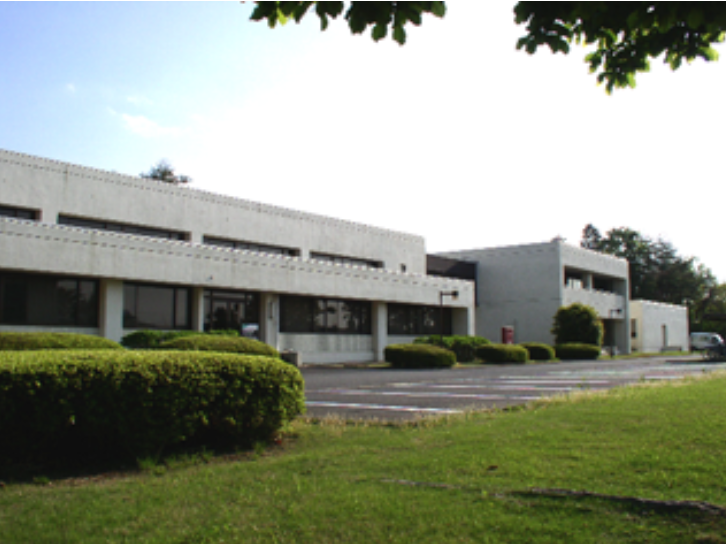
Radiation Control Building
The first floor houses an office, an area monitor data processing room, a measurement room, and a laboratory. The second floor has staff rooms and a video room for education and seminars. The west wing has a chemical safety reception desk and connects to the chemical laboratory building.
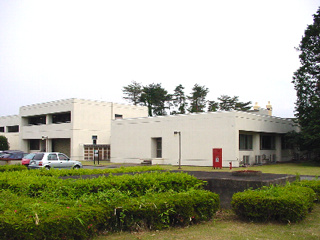
Chemistry Lab.
In addition to analyzing wastewater and treating waste liquids, we also operate a shared laboratory.The laboratory is equipped with various analytical instruments and experimental equipment. For more details, please visit the ![]() Environmental Safety Management Office page.
Environmental Safety Management Office page.
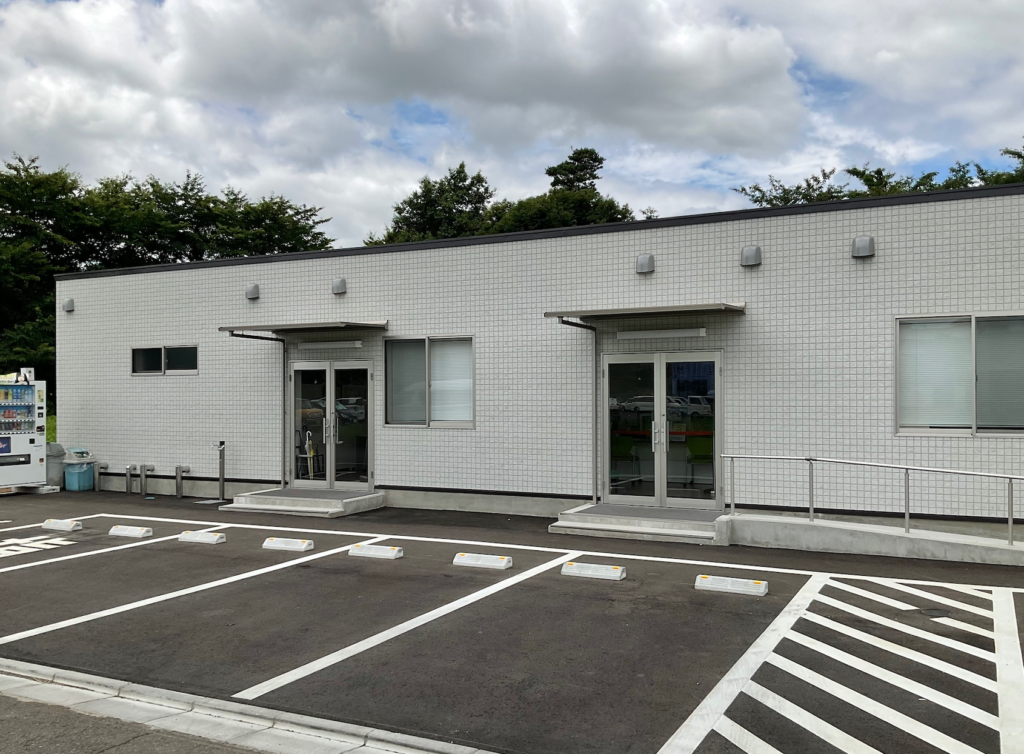
Radiation Reception Building
This building handles registration and reception of radiation workers, reception of work plans, and other related tasks. For more details, please visit the ![]() Radiation Control Office page.
Radiation Control Office page.
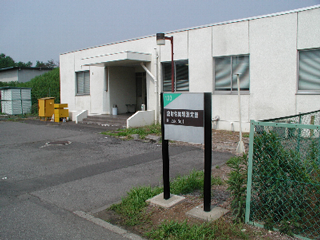
RI Lab.
There are controlled areas that use only sealed radiation sources and controlled areas that handle unsealed radiation sources. Additionally, there is an operating room where remote operation of irradiation equipment is performed for the calibration of radiation detectors in the radiation irradiation building. In the sealed source usage room, the following activities are conducted: (1) calibration of various detectors and (2) development of detectors. In the non-sealed source usage room, the following activities are conducted: (1) contamination inspection using Ge detectors, liquid scintillation counters, and GM counters, and (2) research on the separation and analysis of radioactive nuclides generated in accelerator facilities.
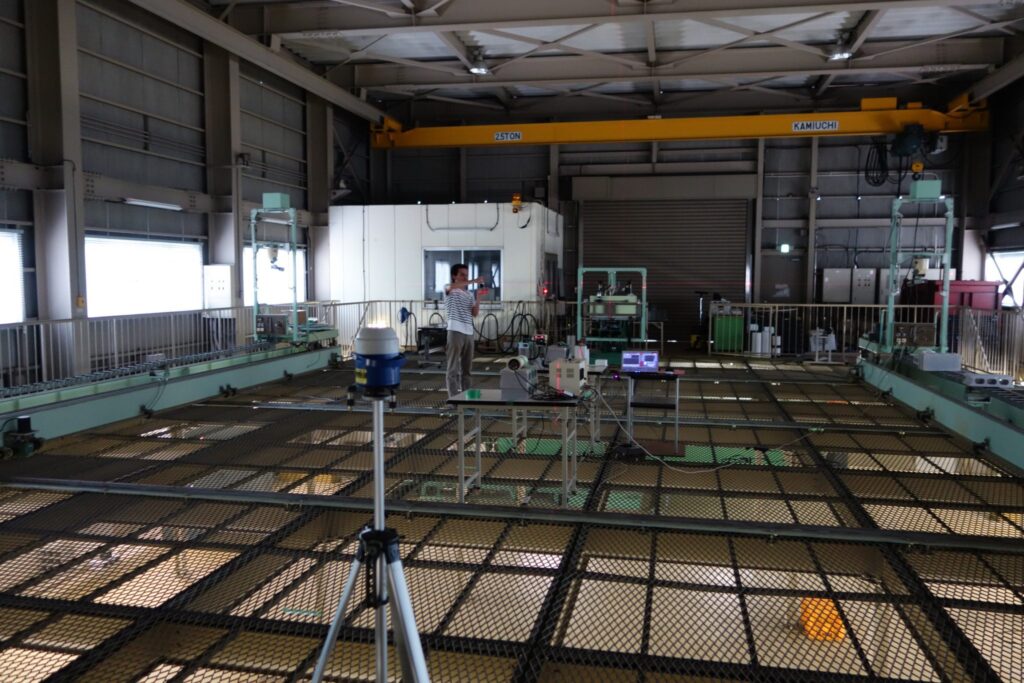
γ/n Detector Calibration Lab.
Using X-ray generators, neutron generators, and sealed γ-ray and neutron sources, we perform calibration of various radiation detectors. The generators and sealed sources can be moved, irradiated, and stored remotely.
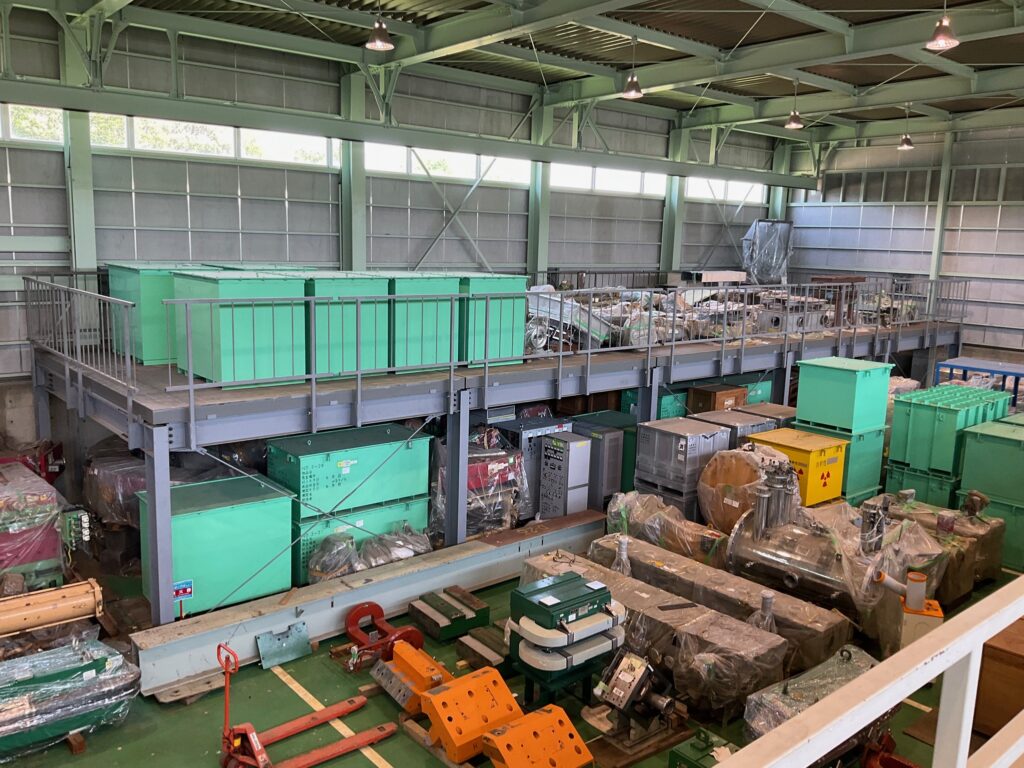
Radioactive Material Storage
This facility stores accelerator components for reuse. It houses components from the SF Cyclotron, Electron Synchrotron, TARN II (heavy ion storage ring), and linear accelerator that were previously installed in the Tanashi Branch.
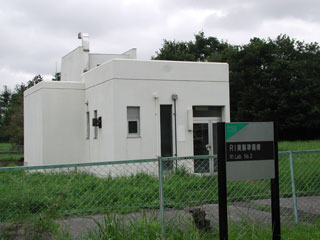
Radiation Lab.
This was the first experimental facility of the Radiation Science Center, but it is currently used for storing sealed radiation sources and as a storage room.
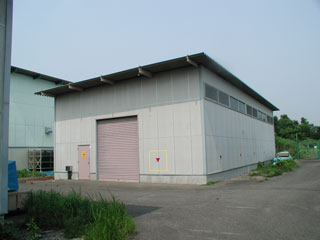
Radioactive Materials Storage (No. 2 to No. 4)
These facilities store items handled in non-sealed radioactive isotope use rooms, as well as accelerator parts and other items that are no longer in use but have been found to be radioactive.
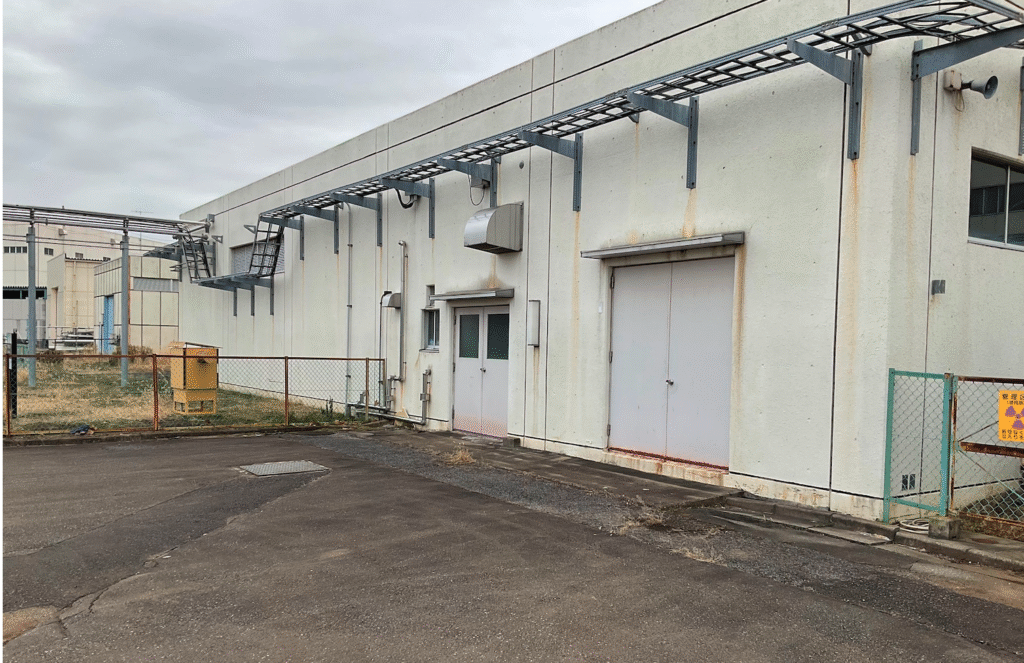
Machine shop for Radioactive Materials
This facility is used for reprocessing radioactive parts of accelerators. It is equipped with various types of metalworking machinery. In addition, inspections of monitors and survey meters are conducted.
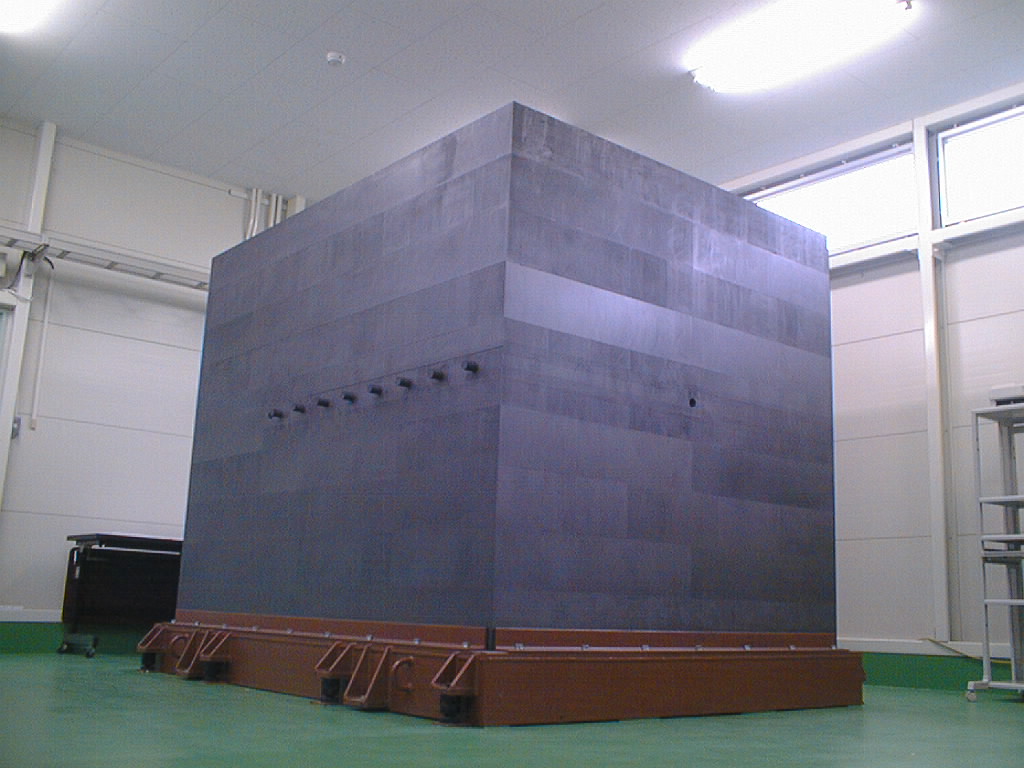
Thermal Neutron Calibration Lab.
This building houses the largest graphite pile inJapan and is capable of thermal neutron irradiation.
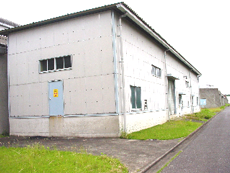
Chemical Waste Processing
This facility conducts pre-discharge inspections of accelerator wastewater.
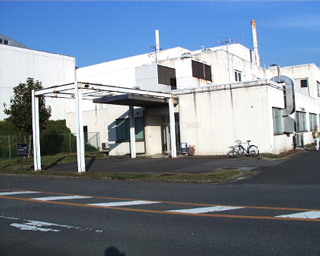
Proton Beam Utilization Facility
Used for measuring and researching radioactive materials in accelerator facilities. Equipped with a Ge semiconductor detector automatic measurement system and other equipment.